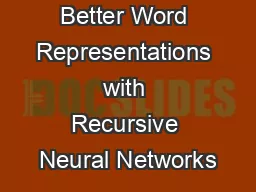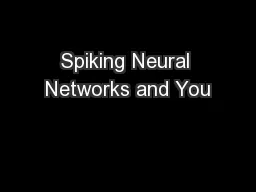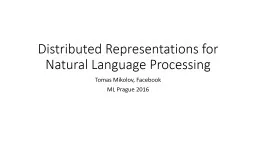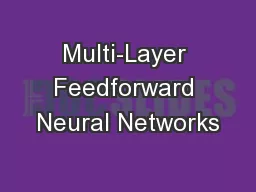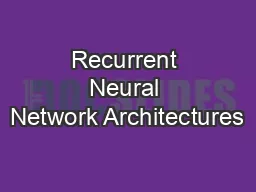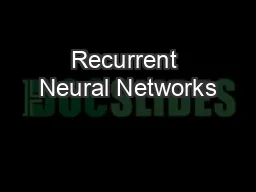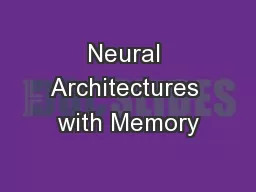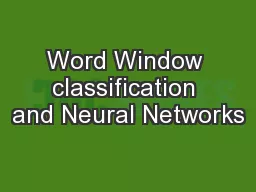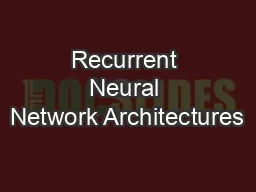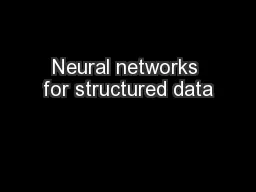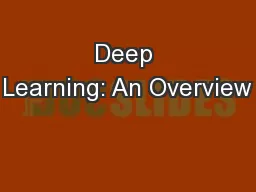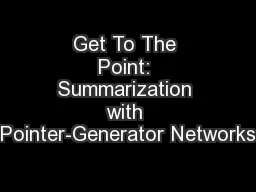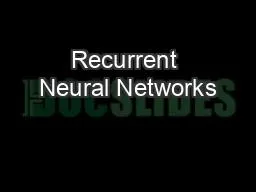PPT-Better Word Representations with Recursive Neural Networks
Author : lois-ondreau | Published Date : 2017-03-22
Thang Luong Joint work with Richard Socher and Christopher D Manning Word frequencies in Wikipedia documents 986 million tokens And more indistinctly nondistinct
Presentation Embed Code
Download Presentation
Download Presentation The PPT/PDF document "Better Word Representations with Recursi..." is the property of its rightful owner. Permission is granted to download and print the materials on this website for personal, non-commercial use only, and to display it on your personal computer provided you do not modify the materials and that you retain all copyright notices contained in the materials. By downloading content from our website, you accept the terms of this agreement.
Better Word Representations with Recursive Neural Networks: Transcript
Download Rules Of Document
"Better Word Representations with Recursive Neural Networks"The content belongs to its owner. You may download and print it for personal use, without modification, and keep all copyright notices. By downloading, you agree to these terms.
Related Documents

